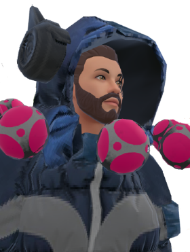
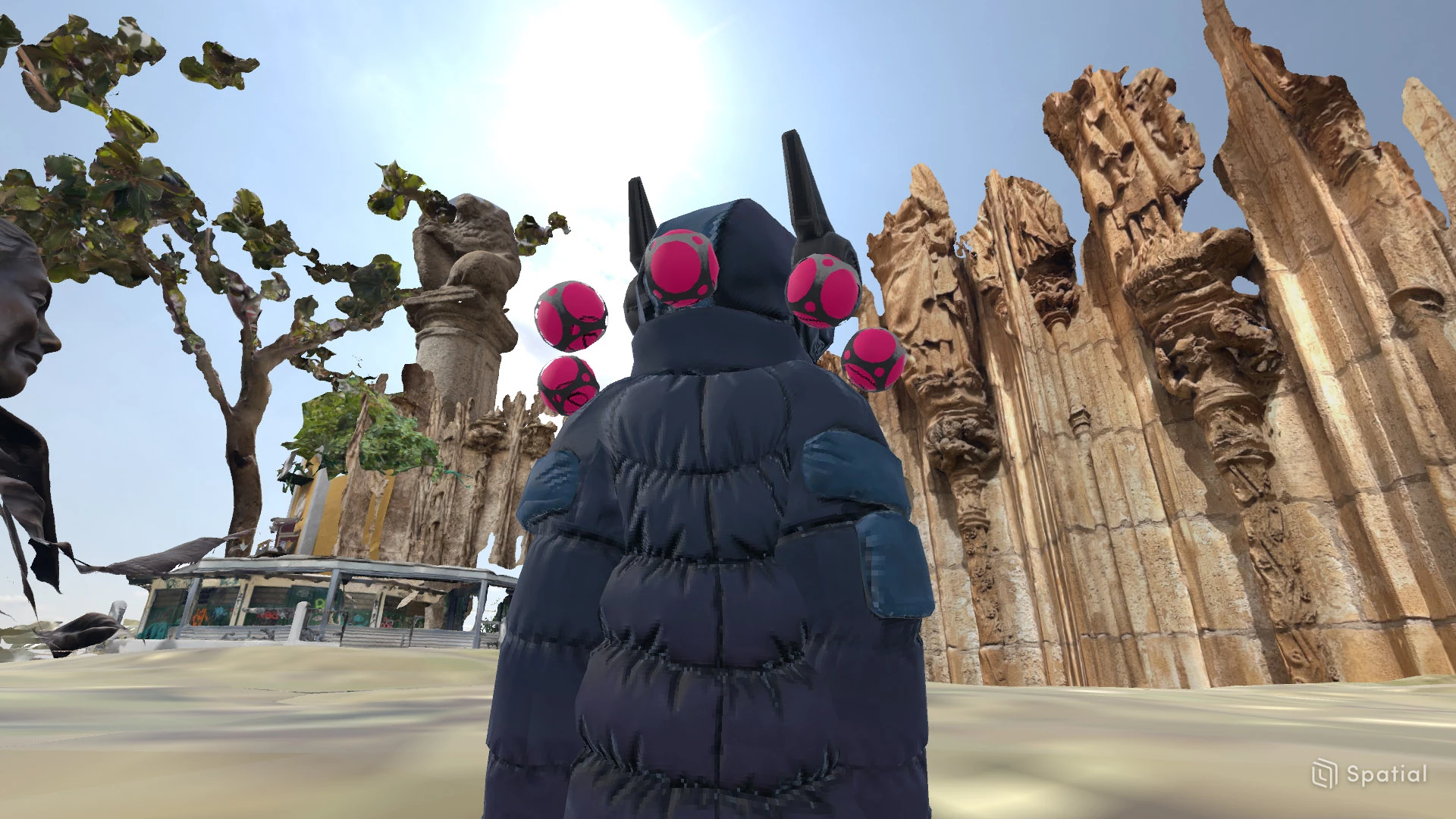
- Date
- 09 NOVEMBER 2022
- Author
- SELENE FEIGE CELé
- Image by
- MARTIN ROMEO / SPATIAL
- Categories
- Aesthetics
Cultural wanderlust: the many fascinating universes of Martin Romeo

Martin Romeo is a visual artist whose work shapeshifts across different media: virtual and augmented reality, interactive installations and multimedia performances and more. Following an artistic residency in Spain, he’s recently won the Italian Council, a grant aimed at promoting the production, knowledge and dissemination of contemporary Italian creativity in the field of visual arts.
I meet Martin in Milan where his VR immersive experience “I & Thou” is on display at MEET, as part of VRE, an international festival of interactive and immersive digital arts, scattered across different cities across Italy.
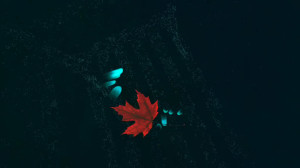
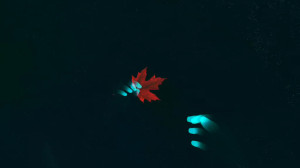
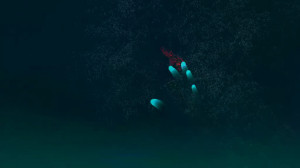
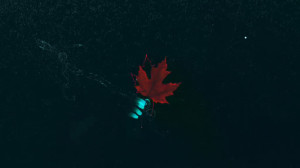
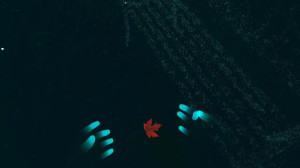
The interactive artwork, meant to be experienced as an extended virtual reality, explores the connection between man and artificial intelligence and focuses on the shift from the world of experience to the dimension of relationships.
The aesthetic doesn’t aim to emulate reality, it’s more of an oneiric and slightly cartoonish impression of it. The artist gets around the technical constraints that are still limiting VR technology playing with black and white, light and a cloud structure for smoother transitions and a more user-oriented experience.
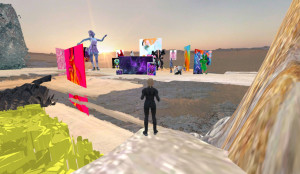
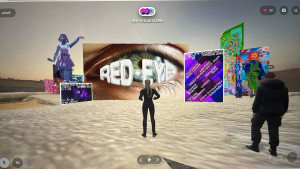
If the “I” is the human element, who or what is “Thou”?
It is an abstract concept, a limitless entity compable to a god that we can find in virtual reality because of its infinitive creative potentials. If anything is a possibility in this new scenario, what does living the world mean?
Following the experience I had the pleasure to do under his direct guidance, we sat down to continue the conversation.

What are the most interesting places for the type of activity you do around the world?
It depends on your role but I would say the States, it is where everything started. In terms of infrastructures and investments, that for sure is the place with the most opportunities.
I found that Canadians on the other hand, are more oriented towards Europe because there’s more space for experimentation. I wouldn’t say there’s a particular city but Germany for example, is an interesting hub. There’s the ZKM Centre for art and media in Karlsruhe. While in Linz, Austria, there is Ars Electronica which started in 1979, an event showcasing all arts linked to new technologies with a broad range of activities, from FabLab to events with students, so it’s definitely an interesting place to be. In person events still work best, but as we’re moving all networking on social media and on the metaverse, it’s all progressively getting unhinged from the physical dimension.
In Italy and in Europe there are still matters and issues around legislation that have not beet regulated yet as the technology is moving faster than bureaucracy. In addition, NFTs and cryptocurrencies are inherently deregulated and decentralized so it would go against their very nature.
Could you tell me a bit about your path and how did you get to digital art?
I began with visual arts, my father is a sculpture and my mother a painter. Then, at uni, I really had the chance to dive into an artistic exploration and took classes with Klaus Obermaier, a pioneer of interactive arts. There, I built the foundation for what came next in my career.
I went ahead and studied visual coding, a process that enables you to program a machine and make it interactive through visual objects and sensors. I’ve been doing interaction design for over ten years with VVV and softwares akin; from artistic installations, to events and dance shows. Today, I still do it but more as a director.
Some of my latest works involved very physical materials such as glass and marble, which are both linked to my past and my personal heritage. I’ve been living in Venice for a long time and my father is a sculptor, and I was born in Carrara. For example, to give you a better idea of the type of work I do merging technology, creativity and materials, one of my latest works consisted of a cloud made of pink mouth-blown glass which would fill with steam every time a plane flew by.
One of the core elements of my work is data visualization showcasing the impact of imperceptible phenomena which are invisible but have great importance, from climate change to other natural occurrences such as mutualism in nature where two different beings need one another to survive. Another work I did was translating colors into scents by assigning a note to each basic color. Currently, my activity is increasingly shifting towards the metaverse. There’s an increasing request and I find a lot of creative freedom.

How much do you think the development of the metaverse has to do with the past, with saving things that we cannot preserve, and how much with the future and going beyonf the realm of possibilities?
It has a lot to do with our inherent instinct for conquering and colonization as humans, and the idea to control time and becoming immortals. The possibility of travelling through space and time has definitely a strong appeal, and being able to create an alternative life. I see that however some patterns tend to repeat themselves in the virtual world as well.
We as humans, enjoy strategy games and there’s a great business potential due to their ability to capitalize on an experience. Everyone is striving to carve their market, from fashion to art. Christie’s and Sotheby’s for example are already there, building their heritage with digital art and NFTs.
The metaverse is the physiological extension of social media and since social media are inherently fast-evolving, they’re destined to have a shorter lifespan. Our generation is building the foundation.
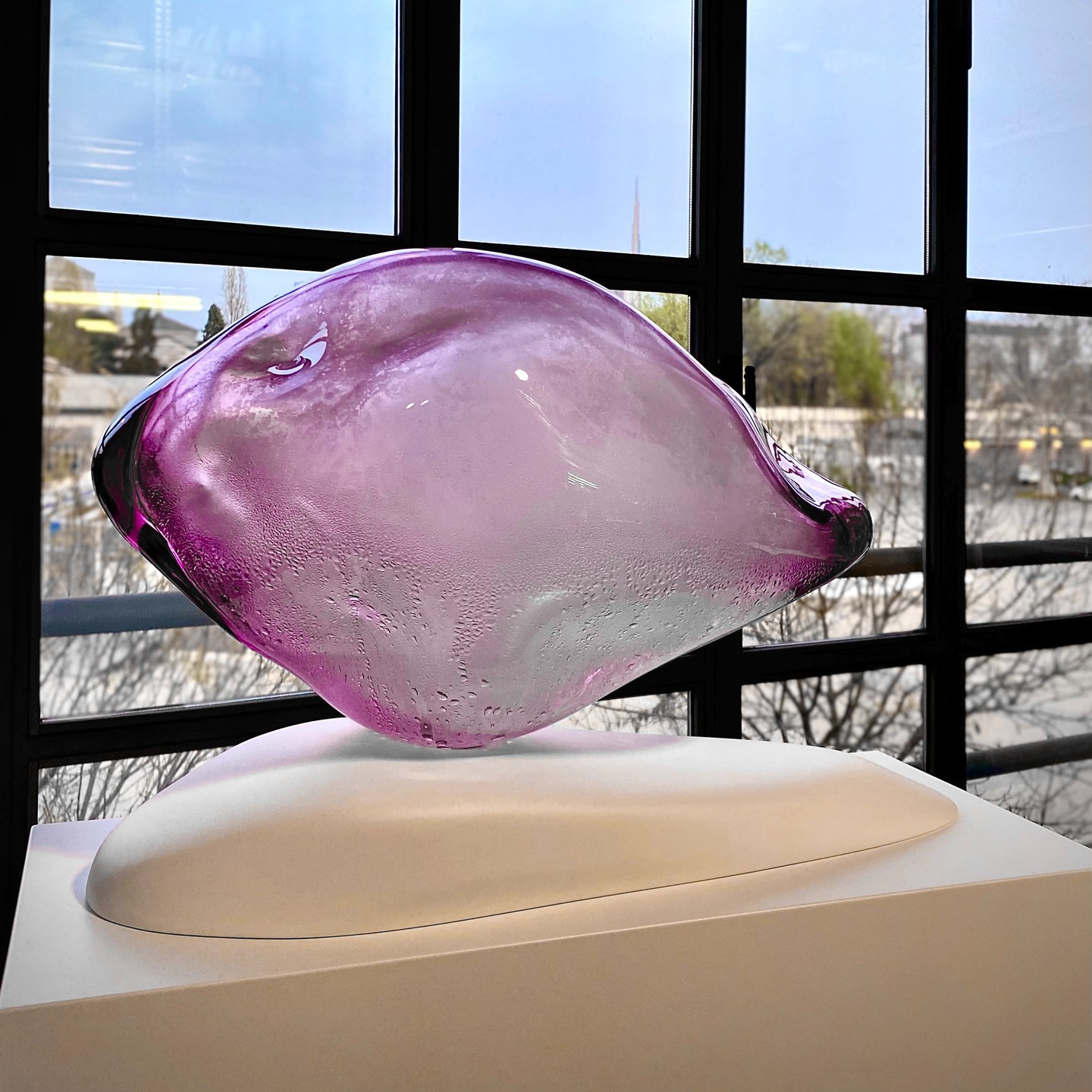
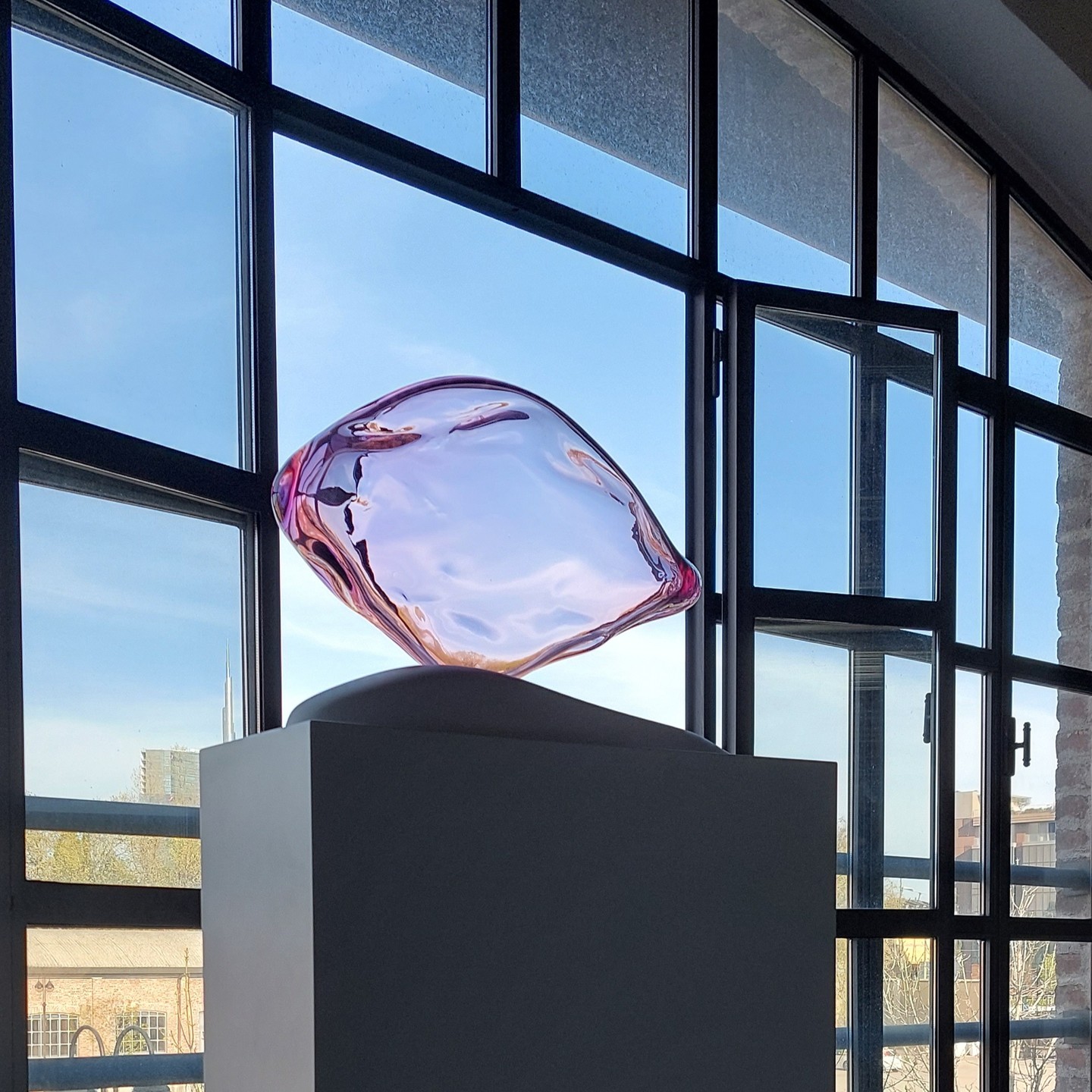
Which time and space would you like to travel to?
I wish I could travel in space, and discover something that has yet to be discovered. I enjoy the idea of being able to be the first to see something that I’m still not able to imagine.
Overall, I would love to be able to travel outside of the atmosphere. We’re here thanks to a combination of casualty and luck and a sequence of extraordinary events.

I have this idea that through history, art has found its utmost expression moving through different media, forms and materials. Do you think metaverse is the next frontier?
Until a few years ago, NFTs were the new frontier but had more to do with graphic, visual and 3D. It was still linked to the realm of what we are familiar with.
What I’m enjoying about the metaverse is the process of co-creation. The space itself is the medium and it allows for a new approach to art.
It is tridimensional and immersive; one can only experience it through a set of devices and within that environment. Its fruition will be very much tied to a phygital experience which doesn’t fit into any past narrative. I see it as if Surrealism met Dadaism. The advantage and its greatest strength compared to previous forms of art is its ability to be experienced anywhere any time, regardless of where the user physically is.
We saw an example of the power and potential of this degree of accessibility during the pandemic, when museums first started to open virtual doppelgängers to showcase their collections to visitors in a non-physical space.
Another earlier example of the power of this technology dates back to when ISIS was destroying all historical works of art. Designer with historians had started to scan and save all these invaluable works as digital files to be able to 3D print them later on, as a way to save them from oblivion.
What would you recommend to young digital artists and designers?
Lots in this field has still to be explored yet and conquered. It is developing more in a network structure than a vertical, as communities and while schools and academies can provide inputs, prompts and learnings, it won’t show you the path. What you learn at school has already been done; I invite anyone who wants to get into this field, young artists, my students, to create their own path.
How much time we will spend in the metaverse?
A lot. In fifty years, it’s likely that we’ll spend more time there than here but I believe we’ll never abandon the physical dimension, the “real world” still has a lot to offer. It also depends on the speed at which technology will evolve and our collaboration with the different AIs.

Martin Romeo (IG @martromeo) is the Red Eye metaverse designer as well as winner of the 2022 Italian Council grant, REASONED ART artist, IED Milano coordinator and Naba and Isia Urbino lecturer.